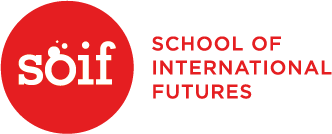In September this year the Sustainable Development Goals were approved with the ambition to end poverty, protect the planet, and ensure prosperity, yet headlines this year have been dominated by humanitarian crises, geopolitics and natural disasters. In this context Patricio Oportus Romero’s recent paper “To the construction of the future of Humanity” provides a poignant exploration of the future and what needs to be done to protect it.
In his paper, Patricio explores six main themes that are shaping humanity’s future – global megatrends, health, mining, smart cities, society and the new (rupturist) state. He argues that, if we are to meet 21st Century challenges, public service and the state must transform from bureaucratic institutions into to modern structures. They must innovate, adopt new management models that incorporate automation, systems thinking and new efficiencies, while protecting the needs and happiness of citizens and the planet.
“No matter the size of government; what really matters is their effectiveness and quality of their work, understanding this in the broadest sense of the word.”
Patricio recommends that governments develop a holistic, resilient and forward-looking vision if they are move towards sustainable development. Analysis and modelling of complexity represents a way to do this, as he outlines in Modernisation of world class public organisations for the 21st Century: proposal of a model of development (Spanish) and his presentation on the Challenges for Latin America and the Caribbean. He believes Latin America in particular needs to consolidate democracy and governance to achieve growth, reduce poverty and promote social inclusion.
